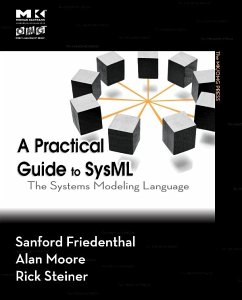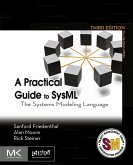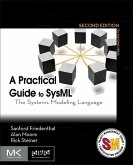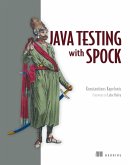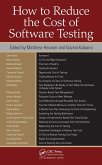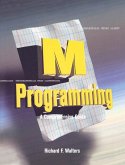The text is organized into four parts. The first part provides an overview of systems engineering. It explains the model-based approach by comparing it with the document-based approach and providing the modeling principles. The overview of SYsML is also discussed. The second part of the book covers a comprehensive description of the language. It discusses the main concepts of model organization, parametrics, blocks, use cases, interactions, requirements, allocations, and profiles. The third part presents examples that illustrate how SysML supports different model-based procedures. The last part discusses how to transition and deploy SysML into an organization or project. It explains the integration of SysML into a systems development environment. Furthermore, it describes the category of data that are exchanged between a SysML tool and other types of tools, and the types of exchange mechanisms that can be used. It also covers the criteria that must be considered when selecting a SysML.
Software and systems engineers, programmers, IT practitioners, experts, and non-experts will find this book useful.
*The authoritative guide for understanding and applying SysML
*Authored by the foremost experts on the language
*Language description, examples, and quick reference guide included
Dieser Download kann aus rechtlichen Gründen nur mit Rechnungsadresse in A, B, BG, CY, CZ, D, DK, EW, E, FIN, F, GR, HR, H, IRL, I, LT, L, LR, M, NL, PL, P, R, S, SLO, SK ausgeliefert werden.

